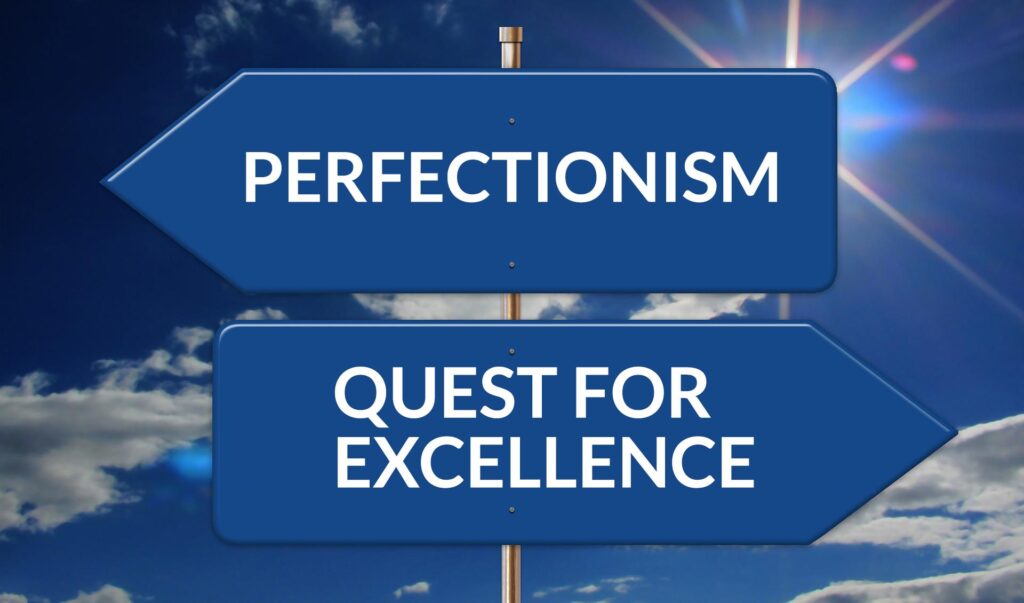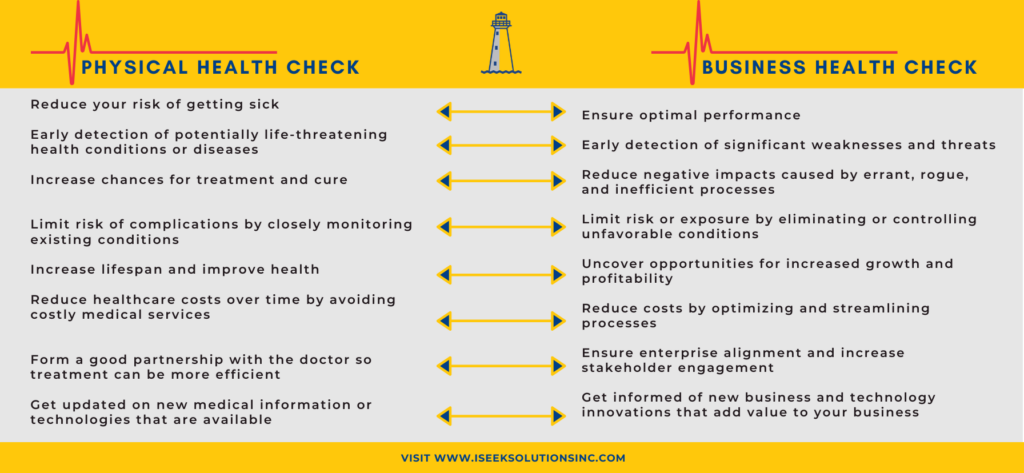As my husband and I revisited the topic of if we were going to allow our 4-old-daughter to attend Pre-K this year, I saw a post on social media that read, “We are not ‘post-pandemic’, we are still in a pandemic.” I stared at the post for a minute, thinking, as it served as a reminder. It also made me think about how not all families have an option to keep their children home during this time, which is one of many challenges emphasized by the pandemic.
Pandemic burnout is real, but hospital beds are filling quickly, and masks are back in high demand as COVID-19 and its variants rage on.
As we know by now, there is no returning back to normal for any person, business, or organization, so now is the time to incorporate the lessons learned over the past few months into the personal and business operating models of the future.
Regardless of the model, the road to recovery/greatness in any area is not always a straight path but requires flexibility in your approach to achieve.
During the 2020 Olympics this year, Japan’s pandemic bubble strategy relied heavily on trust and flexibility from the competing athletes and Olympic organizers to ensure a successful event and not spread the virus.
According to reports, the number of infections among people linked to the Olympics stayed significantly low in the village, compared to the number of infections outside of the bubble. Olympic organizers created the bubble isolation system that required testing at the bubble’s borders, contact-tracing, and social distancing. If the elite professional athletes wanted a chance to compete to win Olympic gold this year, they had to take the necessary precautions and adapt to the safety protocols and guidelines – remain Flexible on the journey to greatness.
In her blog Achieving Greatness, Annie Allen, CEO of iSeek Solutions mentioned Martin Luenendonk saying in his article Parallels between Entrepreneurship and Sports that there are similarities between the world of entrepreneurs and the world of athletes – parallels that can give direction to business executives who are trying to succeed on the playing field of economics.
One of the similarities between the two worlds being, that’s right, Flexibility.
Playing a game professionally requires flexibility: weather conditions, playing arenas, field position, teammates, coaching staffs are all variables that can change without warning. Being able to remain flexible is imperative for the successful athlete.
The role of an entrepreneur demands flexibility. Being able to make changes, take on additional job responsibilities or move the business in a different direction is a key characteristic of a successful entrepreneur.
As businesses continue to push and move forward on the road to recovery it is imperative to remain flexible on the journey to achieve the desired success.
Let us at iSeek Solutions help your organization achieve greatness. We are a team of highly skilled management consultants with a broad range of industry knowledge and expertise. Our guidance, methodologies, tools, and knowledge empower our clients to align, optimize, empower, and succeed in achieving their goals and objectives. We succeed when our clients succeed.
Contact us directly at info@iseeksolutionsinc.com, visit our website, subscribe to our blog or follow us on LinkedIn.










